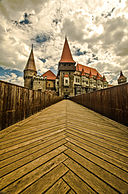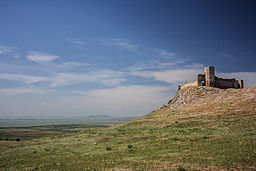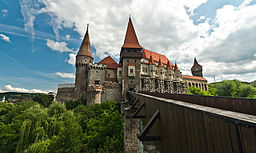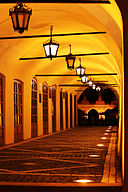As a business, when you are in need for some pictures, the cost effective solution is to use stock image services, that's definitely less expensive than custom work, you won't get something exclusive but chances are it will be good enough and cheap beats all (of course, I didn't consider the too often encountered case of scumbags simply picking images from the internet and when questioned answering "it was on Google, is free").
Having some
recent photos that may fit the bill, I uploaded one of them on a stock images website as an experiment. For the experiment purpose, I also uploaded an illustration (nothing spectacular, just a collage from my already free
clipart images). A first finding was a confirmation of what I already knew: while saturated with photos, they are more actively looking for illustrations. Uploaded at the same time, the illustration is already live on the site, while the photo still have an estimated 120 hours until review by an editor.
But my point here is not about photos versus illustrations, is about what they do with your images. The procedure for an illustration is to upload a JPEG preview and after approval you can add another format, AI,
PNG, CDR or EPS (yes, you read it correctly, PNG is in there). Since I use Inkscape, my sources are in SVG and some features can't be exported in their supported formats, so I had to go with PNG. Still no major problem. But look at the image below, is a capture from their website:

Allow me a moment to explain: I uploaded at first a 2480x3508px JPEG and later a 2480x3508px PNG. While I am not sure all those resolutions are generated from the JPEG or PNG, I am sure about the image size. So the "premium" TIFF version, costing 50% more than the next one is just an upscale version (from 2480x3508px to 3507x4961px) of a
raster image! Wasted money! There is also a "maximum" option, with a slightly higher price over my original size, which is an odd upscale (from 2480x3508px to 2912x4119px) of the raster original.
I think this is an useful hint for the potential buyers: on stock image services, maximum price or maximum resolution may not mean maximum quality.









